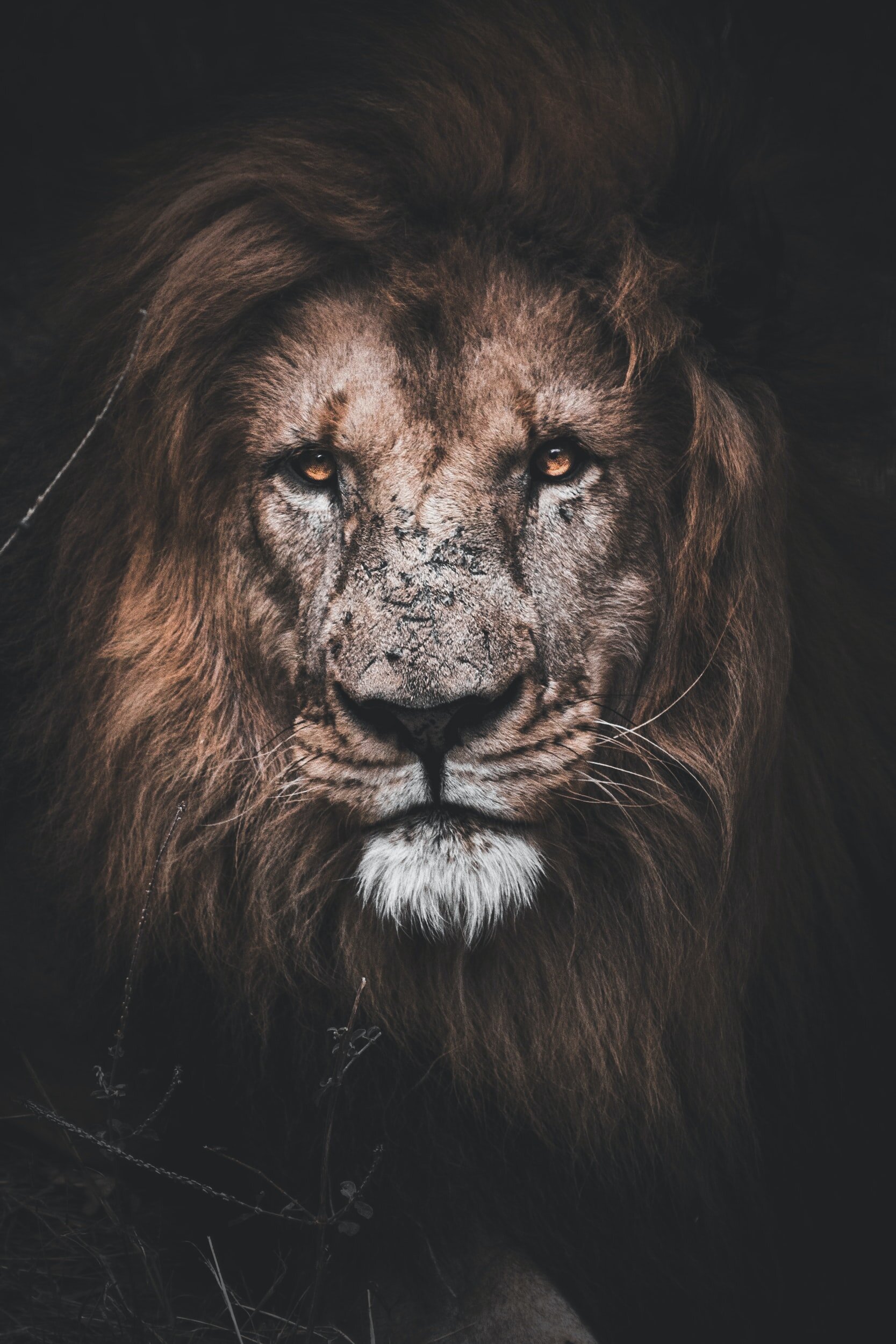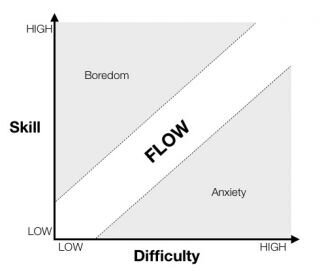Why We're Addicted To Beast Mode
Call it beast mode. Call it flow. The ancient Samurai called it mushin. Whatever your name for it, you know it when you feel it. That sweet spot when you can dominate anything that stands in your way of victory.
Written by: Eddie Ramos
For most people—while in this state of mind, energy is at peak levels and you find the ability to completely focus on your task at hand without skipping a beat.
But where does this ability come from? What can we learn from the animal kingdom and ancient teachings about this state of mind?
Right now I am currently in beast mode. I set the goal of trying to write three blog posts a week until the end of December.
Now to you, that may not be a lot or even that beastly, but I can tell you that the day I set out to achieve this goal I found myself more motivated than ever.
The prospect of increasing my blog content, enhancing my skills as a writer and reaching more readers with my words lit a fire in my belly.
It’s possible, I may have totally overestimated my ability to get this done, but in beast mode… you just don’t think that way.
Beast mode isn’t about quitting, it’s about taking action. The feeling of pushing myself to my full potential is addicting.
Stretching my limits beyond what I think I’m capable of, gives me such a rush of dopamine. And like a real addiction, I don’t want to come down from my high.
However, with a little work, you can train your brain to remain in this mindset for life.
The Philosophy Behind Beast Mode or Flow
Beast mode is known in the academic community as an optimal experience or flow state.
I was just as surprised as you are to find out psychologists don’t refer to it as beast mode. 🤷🏽♂️
Over the last few decades, researchers have studied employees during this flow state. What they found is that flow state is achieved when the participant is in harmony with the perceived challenge and their relevant level of skill.
“Flow state is losing yourself in the moment; when you find your abilities are well matched to an activity, the world around you quietens and you may find yourself achieving things you only dreamt to be possible.”
It’s a very desirable state of mind and you’ll want more of it when you have it. Your outlook on life will be totally different, and it will seem like there’s nothing you can’t do.
Let’s explore the concept and how it works in your daily life.
Animals — The Laws of The Hunt
As the name would suggest, going beast mode means a person is exhibiting the superior behaviors of nature’s most apex predators.
However, the basal ganglia (found at the center of the human brain) which is the part responsible for behaviors like aggression and ritual displays are referred to as the “reptilian brain.”
In fact, “the term, 'reptilian brain' (or 'reptilian complex') is derived from a longstanding belief within the field of neuroanatomy that the forebrains of reptiles, and other small animals, were dominated by these structures.”
So is beast mode is a misnomer and should we be calling it Reptile Mode instead? 🐊
Not quite.
Neuroscientists have come to understand that this reptilian part of the brain does helps us form habits and does play a big role in controlling voluntary movements, but it is just one part of our complex coordinated brain. It also has nothing to do with reptiles.
This skill was immensely valuable in hunter-gatherer societies when humans ambushed and killed horses and other wild game. Today, that software is used to detect potential threats and make new things seem familiar.
So next time you find yourself in beast mode, you’re in fact engaging in a remarkable human experience. Nevertheless I agree, it’s much sexier to think of yourself as a powerful lion!
THE ANCIENT MASTERS
Photo by Joey L
Although brought to pop-culture by NFL running-back Marshawn “Beast Mode” Lynch, this concept isn’t new. Since antiquity, spiritual teachers from the East spoke of a state of mind, where one lived in the moment and was capable of peak human performance.
Japanese martial artists entered this flow state, or mushin meaning “mind of no mind” to engage in prolonged hours of study and disciplined practice without the constraints of emotions, worries, or fears.
Warriors of this time were also said to enter focused bouts of intense energy, where nothing could distract them from the enemy.
In the Vedic tradition of ancient India, the idea of samyama (perfect control of the mind) relates to mushin or flow state as well.
The ancient guide, Lao Tsu said: “He who flows as life flows, knows he needs no other force.”
To adopt this way of conscious thinking can be advantageous for a person who wants to perform at their full potential. A simple way of achieving this warrior mindset is through meditation. Find what triggers your beast mode and integrate it into your routine.
UNLOCKING THE BEAST
Photo by mwangi gatheca on Unsplash
The average human may no longer be hunting for his food or in danger of being attacked by an enemy tribe, yet that tool has been adapted to fit today’s circumstances.
High-performance individuals such as soldiers, police officers, and firefighters, etc. access their beast mode to perform their jobs during high-risk situations.
To a lesser extent, athletes, artists, and high-powered CEOs enter periods of flow to obtain an output of optimal performance as well.
The Japanese culture still promotes this idea of mushin, and it is seen in their immense attention to detail on artisanal crafts.
If our ancestors were accessing this special ability to focus their energy to meditate for longer or engage in battle, it’s no wonder why humans today use it to tackle our most focus-driven activities.
Related: A Daily Routine For Actors
However, with so many distractions at our fingertips, the ability to find ourselves lost in a state in which a person functions at his or her fullest capacity with their attention so focused on a task—that factors such as fatigue and boredom do not interfere— is jeopardized.
By synchronizing with your natural disposition, you can create an experience that is so enjoyable that you will participate for the sheer sake of doing it.
ABSTRACT
In short, when humans engage in a task that is in equilibrium with the perceived challenge and their relevant skill, this creates a flow state or beast mode. The basal ganglia and other regions of our brains work together to maintain focus and make new tasks seem familiar. This triggers dopamine and our brains connect the completion of the task with reward. Like an addict, we seek other activities that spark this dopamine hit and the cycle continues.
And sometimes, you just have to unlock your inner beast!
What are your thoughts on unlocking your beast mode? Share in the comments below!






